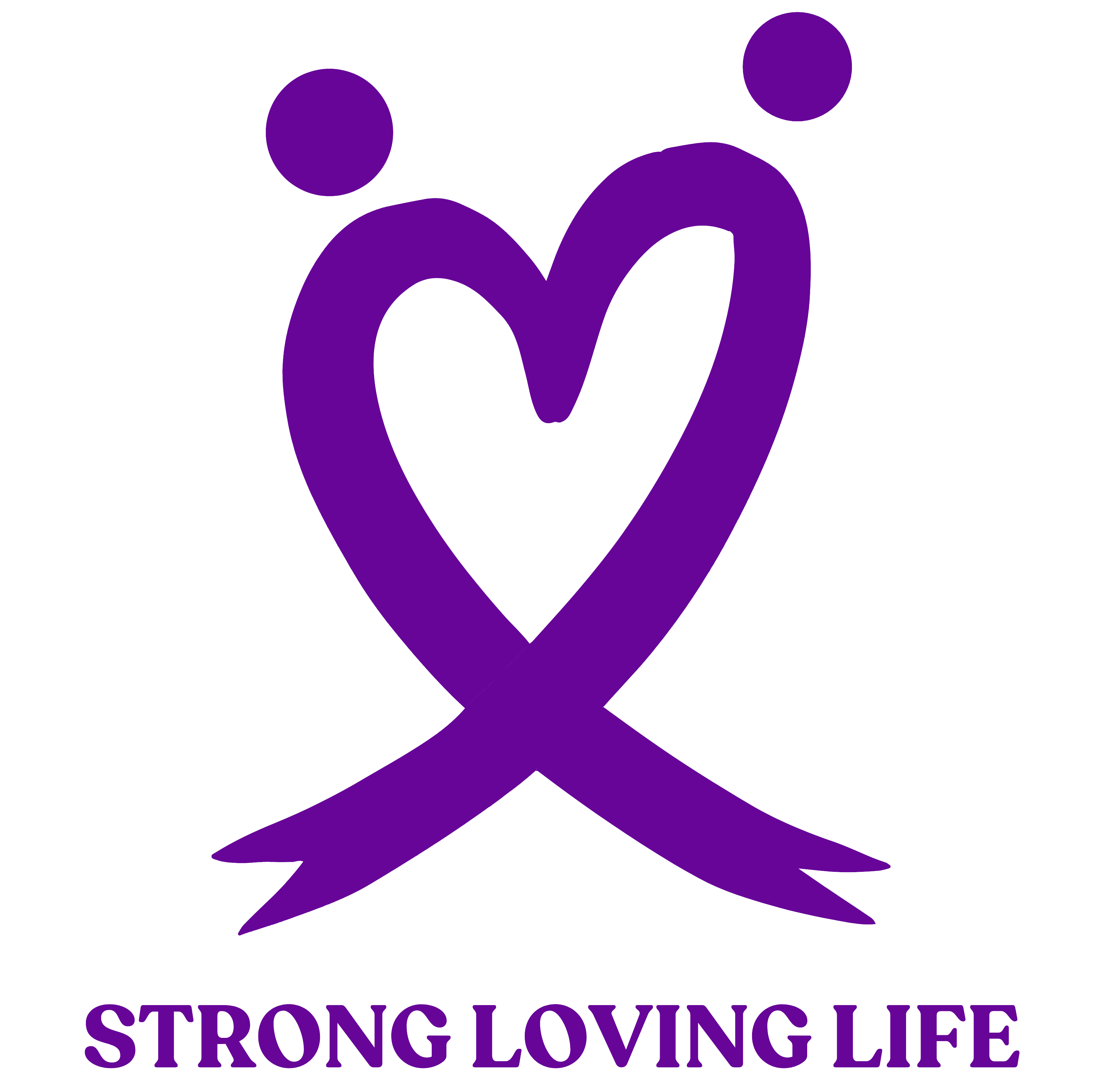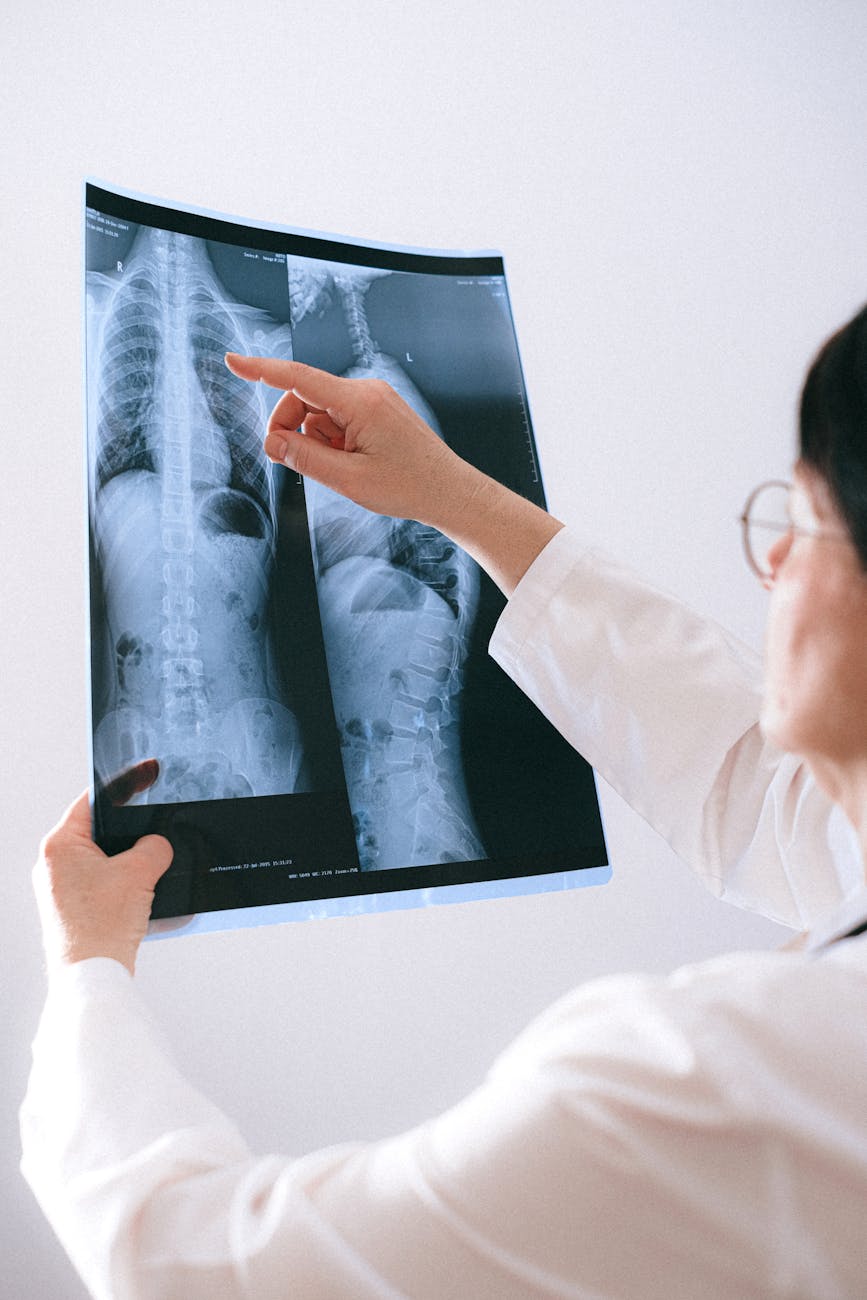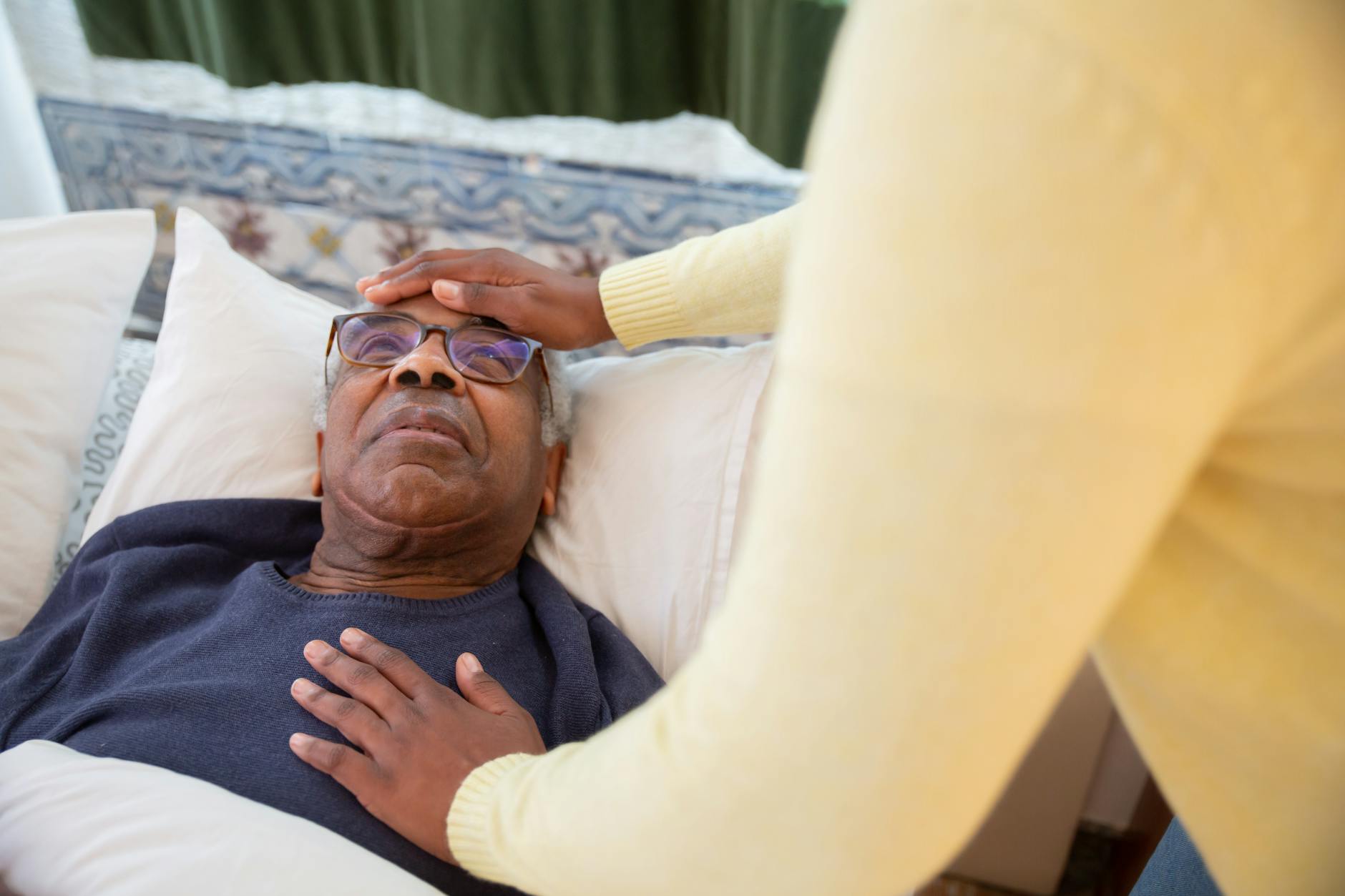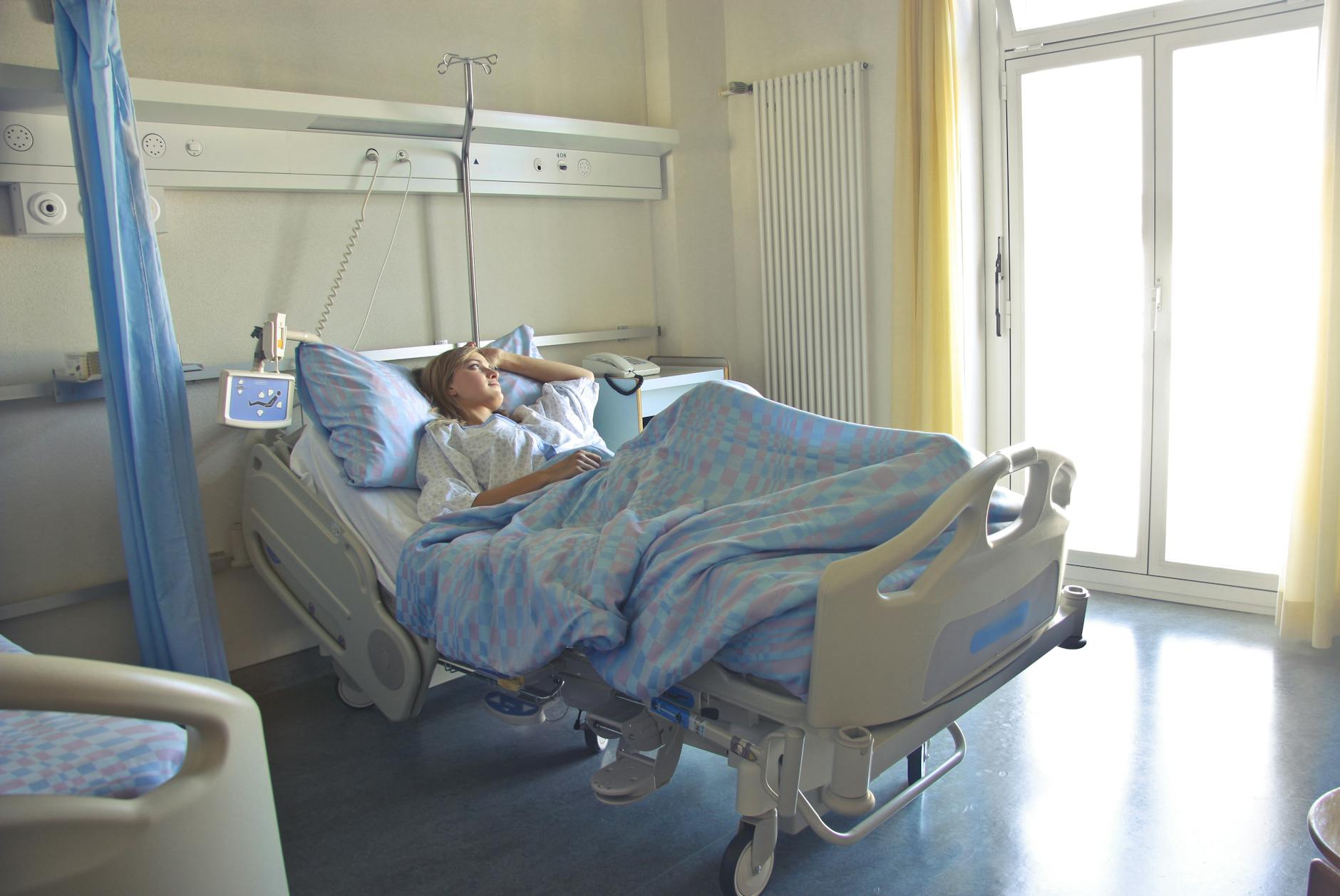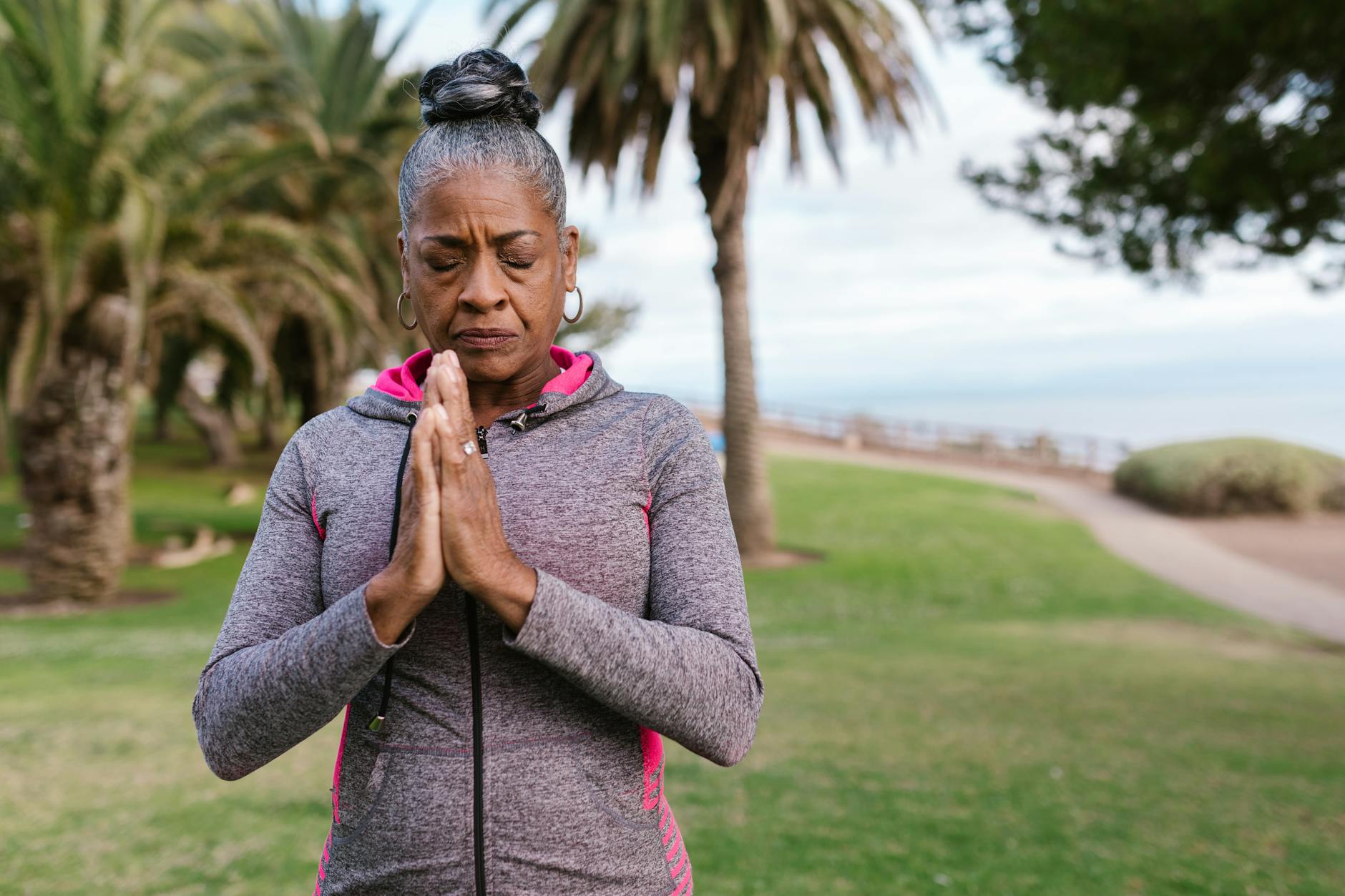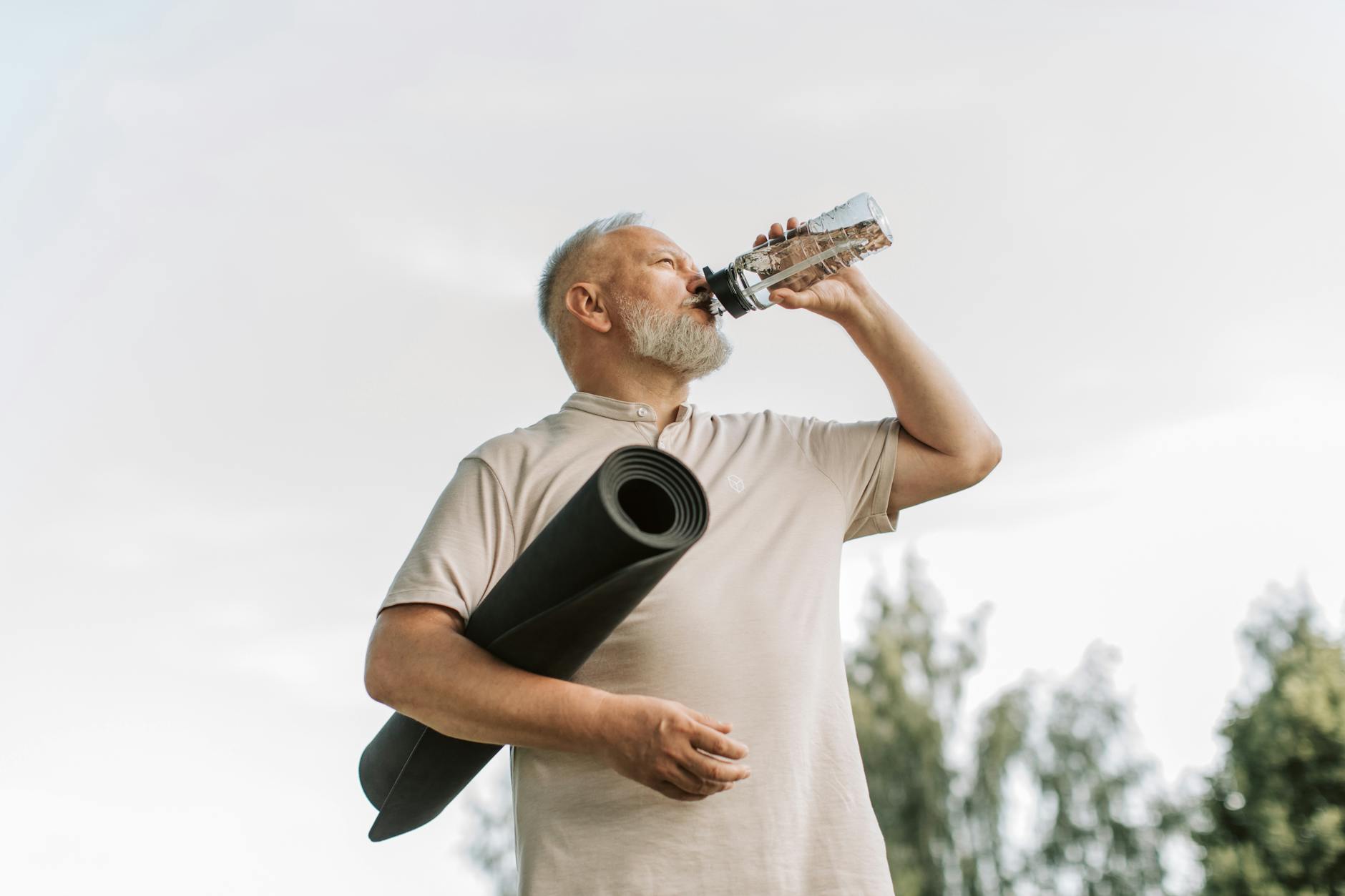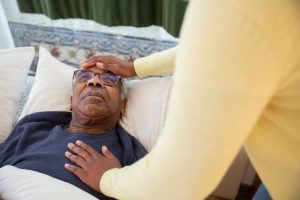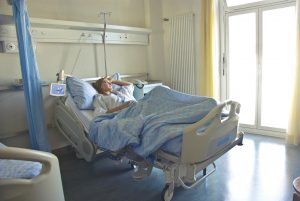Bone health is a critical aspect of overall well-being, especially for seniors. As we age, our bones naturally lose density, making them more susceptible to fractures and diseases like osteoporosis. This article aims to shed light on the importance of bone health, the prevalence of osteoporosis among seniors, and actionable steps for prevention and treatment.
Understanding Bone Health
Bone health refers to the strength and density of bones, which are vital for supporting the body and protecting internal organs. Good bone health is crucial for maintaining mobility and independence, particularly in older adults.
Osteoporosis is a condition characterized by weak and brittle bones, which significantly increases the risk of fractures. According to the National Osteoporosis Foundation, approximately 10 million Americans have osteoporosis, and 44 million have low bone density, putting them at increased risk.
The Impact of Osteoporosis on Seniors
Prevalence:
- Osteoporosis is a common condition among older adults, with statistics showing that one in two women and one in four men aged 50 and older will break a bone due to this disease.
- By 2020, experts predicted that half of all Americans over 50 would have weak bones, greatly increasing their risk of fractures and related complications.
- This condition not only affects individuals’ quality of life but also imposes a significant burden on healthcare systems due to the need for treatments and interventions.
Symptoms:
- Often referred to as a “silent disease,” osteoporosis progresses without noticeable symptoms until a fracture occurs, making it difficult to diagnose early.
- Symptoms may manifest as chronic back pain, a gradual loss of height over time, a stooped or hunched posture, and fractures that happen more easily than one would expect, even from minor falls or injuries.
- These fractures most commonly occur in the hip, spine, and wrist, and can lead to severe pain and disability, impacting daily activities and independence.
Causes:
- The primary risk factor for osteoporosis is aging, as bones naturally lose density and strength over time.
- Hormonal changes, especially in postmenopausal women, play a crucial role because the decline in estrogen levels accelerates bone loss.
- Nutritional deficiencies, particularly inadequate intake of calcium and vitamin D, can contribute to weakened bones.
- A sedentary lifestyle, characterized by lack of physical activity, negatively affects bone health, as regular weight-bearing exercises are essential for maintaining bone density.
- Smoking and excessive alcohol consumption are also significant risk factors, as they can interfere with the body’s ability to absorb calcium and other essential nutrients, further compromising bone health.
- Genetic factors may predispose some individuals to osteoporosis, making a family history of the disease an important consideration in assessing risk.
Understanding the prevalence, symptoms, and causes of osteoporosis is vital for developing effective prevention and treatment strategies, ultimately improving the quality of life for seniors who are at risk or already affected by this condition.
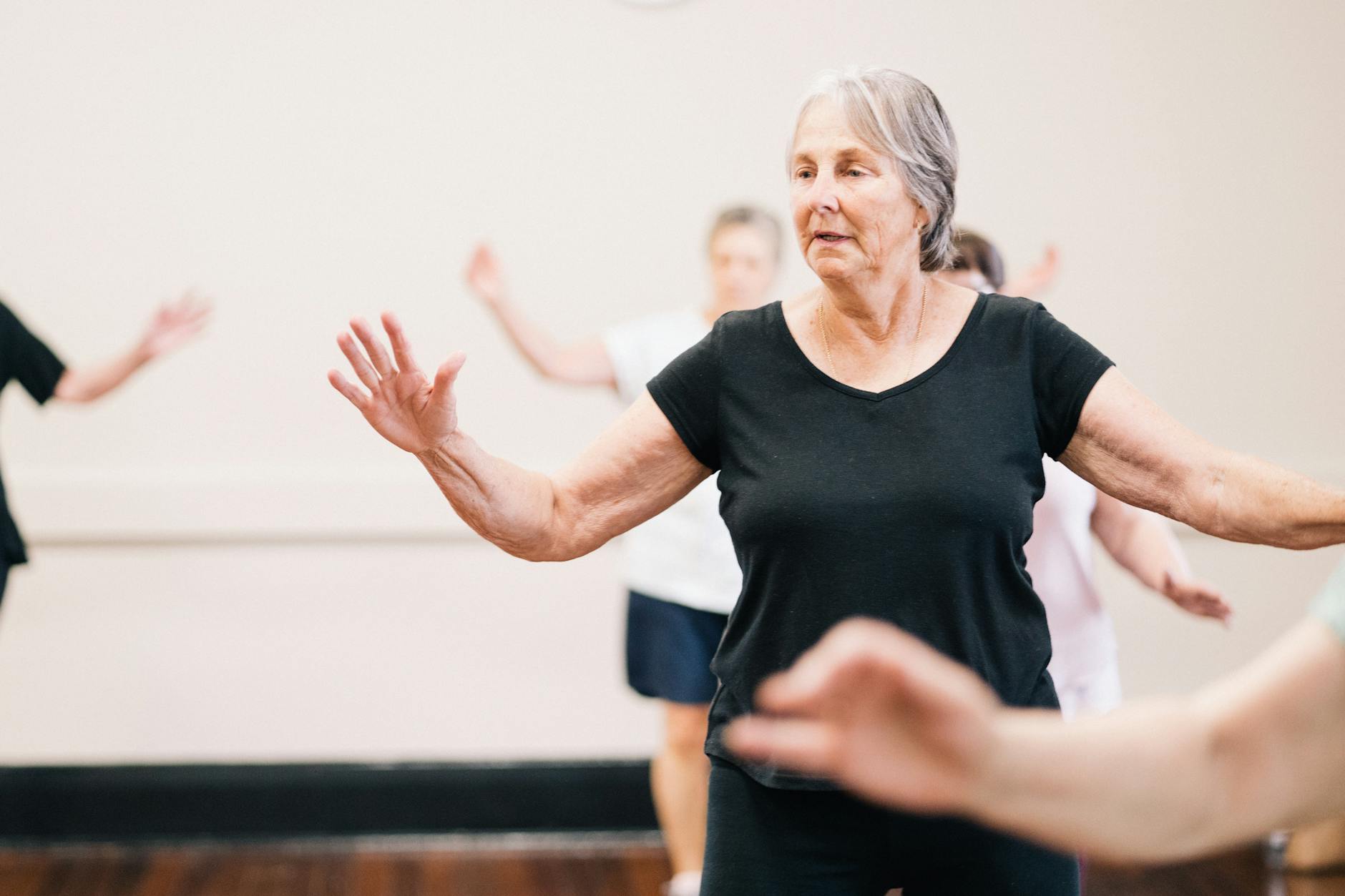
Preventive Care for Osteoporosis
Preventing osteoporosis involves a combination of lifestyle changes and medical interventions. Here are key strategies to maintain bone health and prevent osteoporosis in seniors:
1. Nutrition
- Calcium: Aim for 1,200 mg of calcium daily from foods like dairy products, green leafy vegetables, and fortified foods. Calcium is crucial for maintaining bone strength and density.
- Vitamin D: Ensure adequate vitamin D intake to help the body absorb calcium. Seniors should aim for 800-1,000 IU daily, sourced from sunlight, food, and supplements. Vitamin D can be found in fatty fish, egg yolks, and fortified cereals.
2. Physical Activity
- Weight-Bearing Exercises: Activities like walking, jogging, and dancing help maintain bone density. These exercises stimulate bone formation and slow down bone loss, providing a mechanical load that promotes bone health.
- Strength Training: Lifting weights or using resistance bands strengthens muscles and bones. Muscle-strengthening activities improve balance and coordination, reducing the risk of falls and fractures.
3. Lifestyle Modifications
- Quit Smoking:
- Smoking is detrimental to bone health and increases the risk of fractures. Nicotine and other chemicals in cigarettes impair bone-building cells and decrease blood flow to bones.
- Limit Alcohol:
- Excessive alcohol consumption can interfere with the body’s ability to absorb calcium. Alcohol can also negatively affect bone-forming cells and disrupt the hormonal balance that is essential for bone health.
4. Regular Bone Density Tests
- Bone density tests, also known as DEXA scans, measure bone mineral density and help detect osteoporosis before a fracture occurs. Regular screenings can identify early signs of bone loss, allowing for timely interventions to prevent further deterioration.
5. Medications and Supplements
- In some cases, doctors may recommend medications or supplements to help maintain bone density and reduce the risk of fractures. These can include bisphosphonates, hormone replacement therapy, or other drugs specifically designed to treat osteoporosis.
6. Fall Prevention
- Seniors should make their living environments safer to reduce the risk of falls. This can include installing grab bars in bathrooms, improving lighting, and removing tripping hazards like loose rugs.
By adopting these strategies, seniors can significantly reduce their risk of osteoporosis and enjoy a higher quality of life with stronger, healthier bones.

Medicare Coverage for Bone Health
Medicare provides essential coverage for bone health services, including bone density tests and treatments for osteoporosis. Here’s a detailed look at what is covered:
Medicare Part B
Bone Density Tests:
- Medicare Part B covers bone density tests every two years for qualified individuals.
- Eligibility includes women over 65, men over 70, and individuals with risk factors like a family history of osteoporosis or previous fractures.
Frequency and Importance:
Regular testing is crucial for early detection and management of osteoporosis, reducing the risk of fractures.
Medicare Part D
Prescription Medications:
- Medicare Part D helps cover the cost of prescription medications for osteoporosis.
- Common medications your doctor has advised.
Understanding Out-of-Pocket Costs
Co-payments and Co-insurance:
While Medicare covers many bone health services, beneficiaries may still incur out-of-pocket costs such as co-payments and co-insurance.
Tips for Minimizing Expenses:
- Consider supplemental insurance plans (Medigap) to help cover additional costs.
- Check if you qualify for programs that assist with medication costs, such as Extra Help.
Accessing Medicare Coverage for Treatments
- Some osteoporosis treatments involve infusion therapies, which Medicare covers under certain conditions.
- Requirements include a physician’s order and administration in a Medicare-approved facility.
Keeping our bones healthy
Maintaining bone health and preventing osteoporosis in seniors is crucial for preserving mobility, independence, and quality of life. By understanding the risks, adopting preventive measures, and utilizing available Medicare coverage, seniors and caregivers can take proactive steps to ensure healthier, stronger bones.
